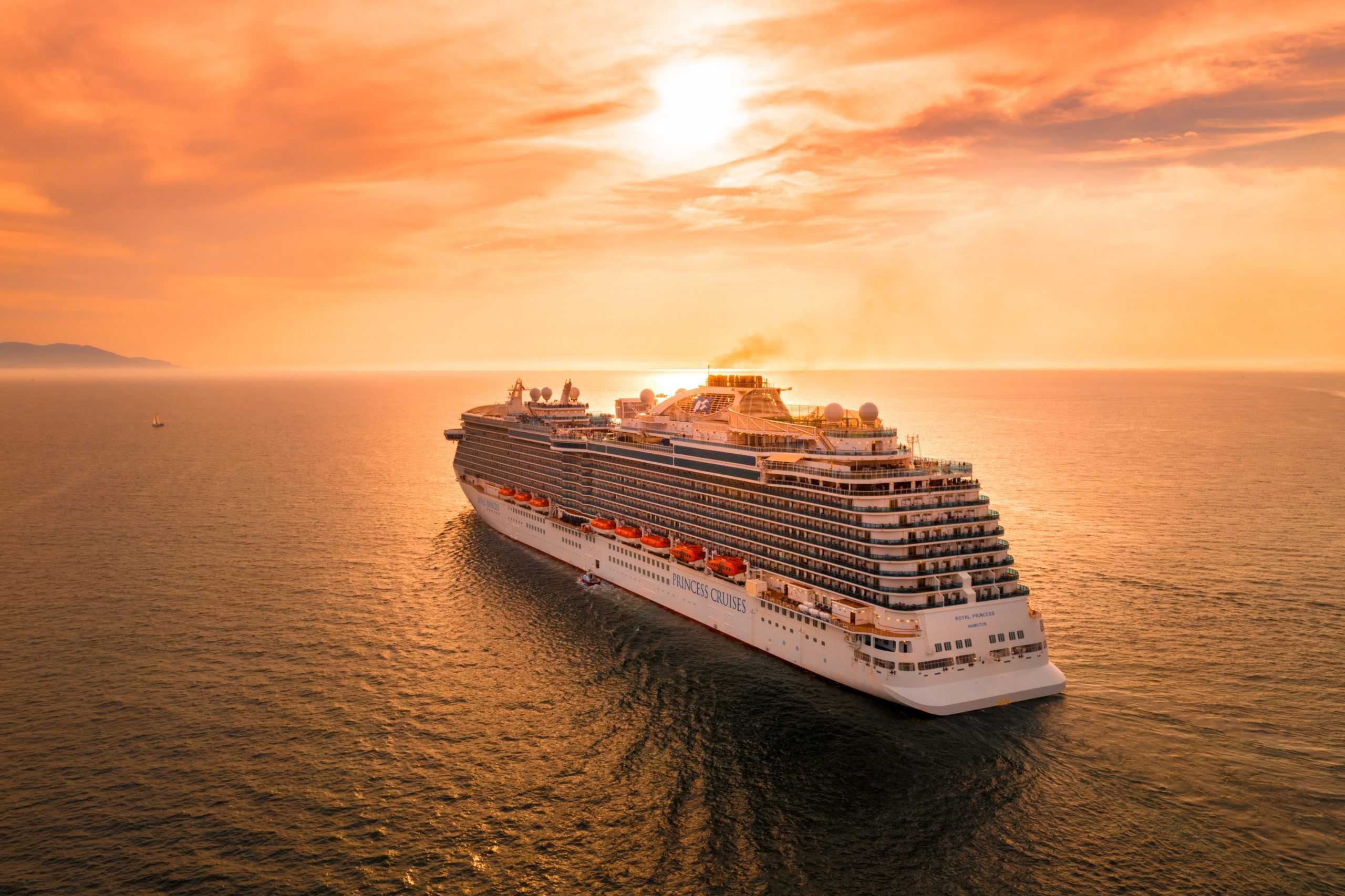The Guardian recently published an investigation into the world’s first crypto cruise ship, Satoshi, that proved to be far from easy-sailing. The story is one of crypto enthusiasm that lead to disaster and perhaps predicts the fate of other crypto ‘utopias’ that are being envisioned by enthusiasts around the world.
The beginning
The story started back in 2010, when former Google engineer, Patri Friedman, proposed the utopic future of humanity. In his vision, Friedman wished to transform the way that people live by abandoning life on land and any pre-existing assumptions that were held about the nature of society. Friedman’s idea was to start a new city in the middle of the ocean.
This vision, called ‘Seasteading’, was based around the view that the modern government needed an upgrade and to do this more space was needed. All the land on earth was taken by existing governments so, Friedman proposed that we use the space provided by the high ocean to start this new civilisation.
Friedman envisioned that, in three to six years, ships would be repurposed as floating medical clinics. Within 10 years, Friedman predicted that small communities would be permanently based on platforms out at sea. Seasteading would offer it’s inhabitants total freedom of choice- the sea community would rearrange itself regularly to fit the choices of those who inhabited the floating units. In Seasteading, individuals would have the ability to vote with their houses- an upgrade to democracy.
Turning the vision into reality
During the years following Friednamn’s talk, a variety of attempts to make his vision come to reality were thwarted. However, in October 2020, three Seatanding enthusiasts bought a cruise ship called the Pacific Dawn. The enthusiasts in question, Grant Romundt, Rudiger Koch and Chad Elwartowski, planned to position the ship off the coastline of Panama where it would become the center of a new society trading only cryptocurrency.
The ship was renamed Satoshi, after the mysterious inventor of Bitcoin. The three enthusiasts hoped that the society would become a home for people like them and have a utopian idea of a floating crypto community. Satoshi promised freedom to all of its inhabitants.
While the idea behind Satoshi was idyllic, converting the cruise ship into a new society proved highly challenging for the three men. The sea is not free from barriers and cruise ships are bound by tight rules.
“We were like, ‘This is just so hard.’”- Romundt.
In their original plan, Satoshi would take the shape of a B (symbolising Bitcoin) and that each floating pod would be connected via tunnels that could accommodate agriculture and parkland. When it was first coined, the Ministry of Tourism in Panama hoped that this new ocean city would draw in tourists and boost the economy.
Satoshi would run off of generators and then solar power and would even have high-speed wireless internet for citizens to use. Citizens would also be free to make, and mine, as much money as they please without paying any tax. However, as Elwartowski answered more queries about the new city, a number of drawbacks came to light.
The ship set sail on the 29th of October 2020 and was met with challenges early on in its journey. For example, the ship did not have a certificate of seaworthiness, which meant that the ship was removed from the water. It was also impossible to have Satoshi designated as a floating residence and the ship would have to sail out every 20 days to abide by marine laws.
The various obstacles faced by the ship put off insurers to cover Satoshi and Romundt quickly realised that the cruise ship industry was “plagued by over-regulation.” This largely opposed the initial plans to create a completely free society and the dream quickly became over before it had even begun. On the 18th of December, the team announced that the ship would be sold to a scrapyard. The ship is now named ‘Ambience’ and functions as a cruise liner once again.












